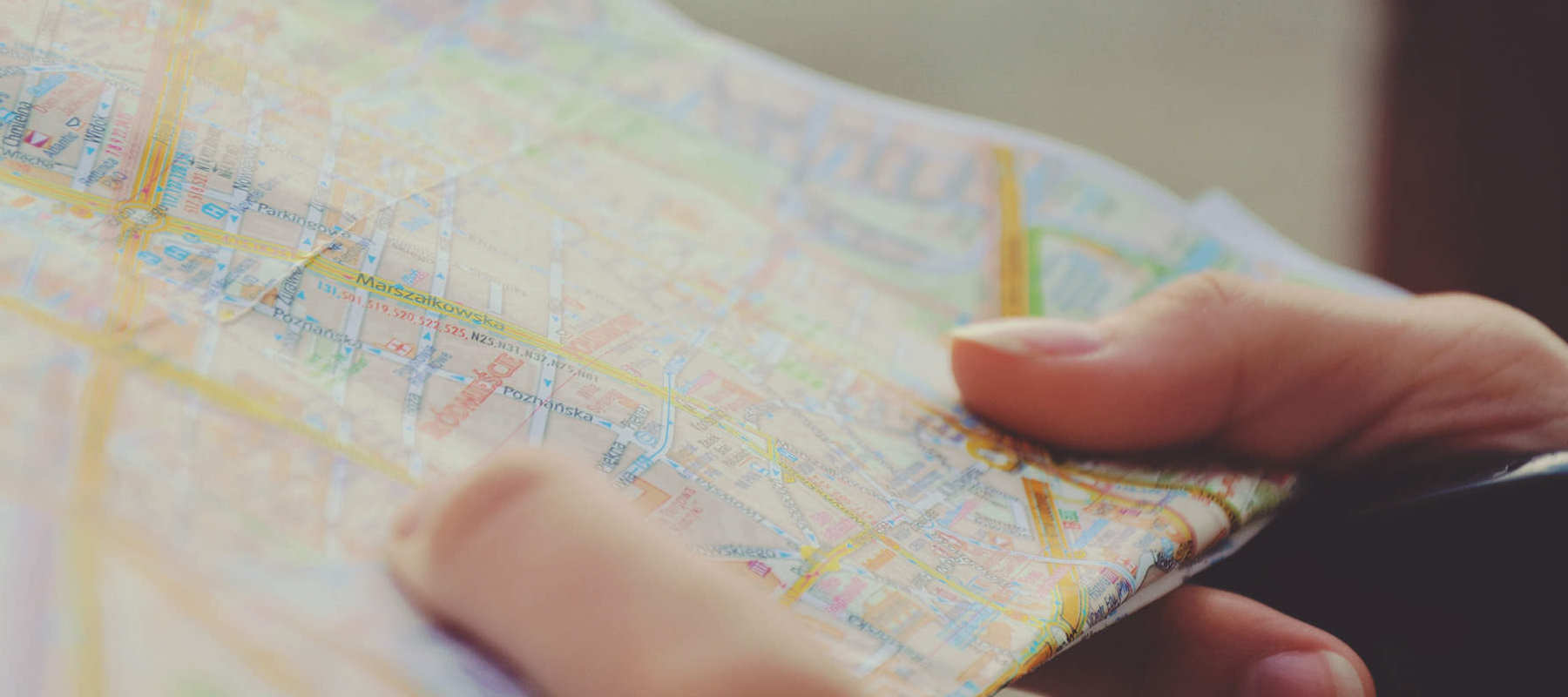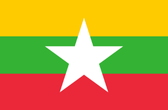
Call 0330 880 3600 Calls may be monitored or recorded. Opening Times.
- TRAVEL INSURANCE
- COVID-19 ENHANCED COVER
- More Options
- Help & Advice
- Existing Customers

Call 0330 880 3600 Calls may be monitored or recorded. Opening Times.

Need help?
UK Customer Services0330 880 3600*
Open Monday to Friday 9:00am to 6pm, Saturday 8:30am to 4pm and closed Sundays.
*Calls are recorded for training and quality purposes.

Official name: Republic of the Union of Myanmar
Capital city: Nay Pyi Taw
Languages spoken: Burmese (official); many minority languages locally
Population: Around 54 million
Currency: Kyat (MMK)
Time difference: GMT+6.5
Driving side: Right
Climate: Tropical monsoon with hot dry, rainy, and cool dry seasons
Myanmar, in Southeast Asia, is bordered by China, India, Bangladesh, Laos, and Thailand, with a long coastline along the Andaman Sea and the Bay of Bengal. Once closed off to much of the world, it has gradually opened up to tourism, offering visitors golden pagodas, ancient cities, and diverse landscapes. The political situation, however, remains unstable and travel can be restricted in certain regions.
Myanmar has varied terrain, from the Himalayan foothills in the north and the fertile Irrawaddy Delta, to the mountains along the borders and the coastline stretching over 2,000 km. The highest peak is Hkakabo Razi at 5,881m, while most of the central region is low-lying and agricultural. Its tropical monsoon climate brings three seasons: hot and dry (February to May), wet and humid (May to October), and cooler and drier from November to February.
Most visitors arrive via Yangon or Mandalay international airports. Internal transport is improving, though infrastructure can be basic outside the main hubs. Roads are often poor, and rail travel is slow but scenic. Domestic flights are a common way to cover longer distances. Driving is on the right-hand side, though many vehicles have right-hand steering, a legacy of older imports. Tourist areas such as Bagan, Inle Lake, and Mandalay are generally safe, but restrictions apply in conflict-affected regions. Petty crime is not widespread, but travellers should remain vigilant.
Most foreign nationals require a visa to enter Myanmar, usually obtained online via the eVisa system for tourism or business. Tourist visas typically allow a stay of up to 28 days. Passports should be valid for at least six months from the date of entry. Longer stays or other visa types require application through a Myanmar embassy. Travellers should also check FCDO or equivalent foreign office updates before travelling, as regulations and restrictions can change quickly.
The local currency is the kyat (MMK). Cash remains the main method of payment, although ATMs are increasingly available in cities and tourist centres. Credit card acceptance is improving but not universal, and carrying some US dollars in good condition for exchange is advised. Currency exchange should only be done at official outlets, as unofficial exchanges can result in poor rates or counterfeit notes.
Healthcare in Myanmar is limited and does not meet Western standards, especially outside Yangon. Travellers should have comprehensive medical insurance, including cover for medical evacuation. Malaria, dengue fever, and other mosquito-borne diseases are a risk, particularly in rural areas, so insect bite precautions are essential. Tap water is not safe to drink; bottled or boiled water should be used instead. Recommended vaccinations may include hepatitis A and B, typhoid, rabies, and Japanese encephalitis, alongside routine immunisations.